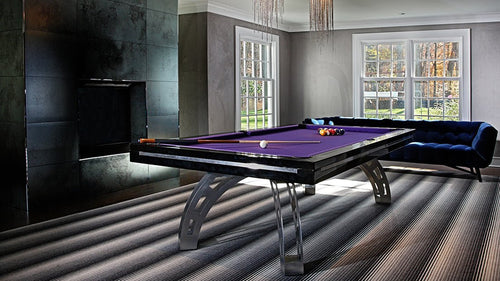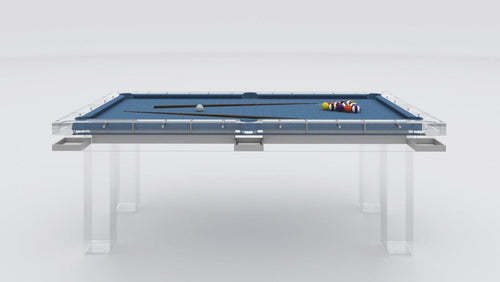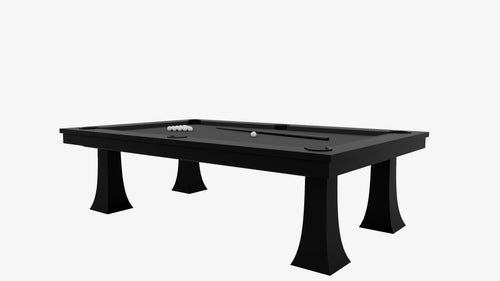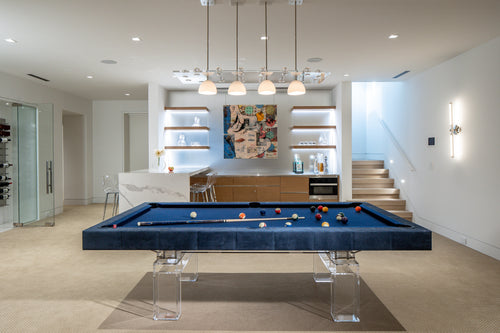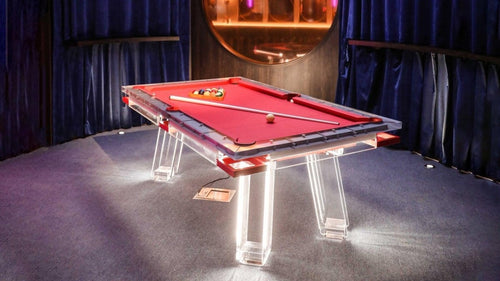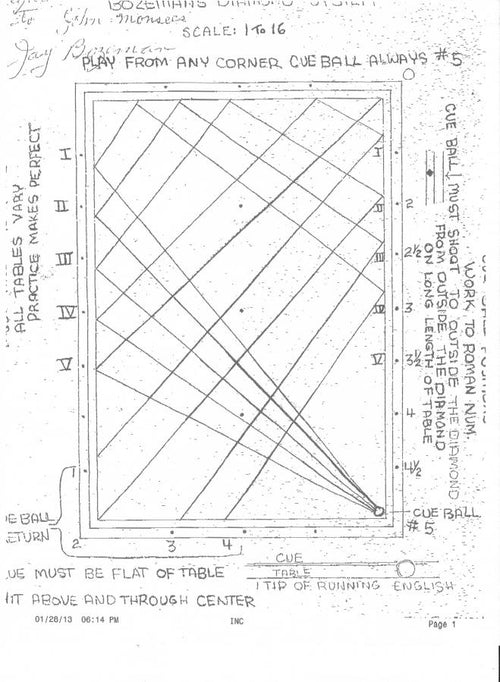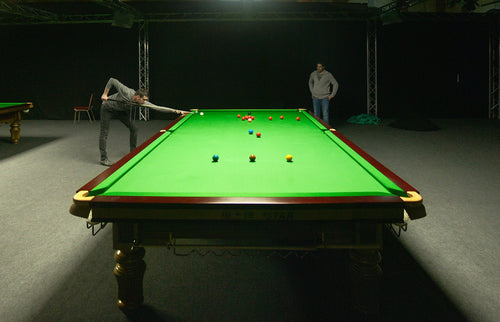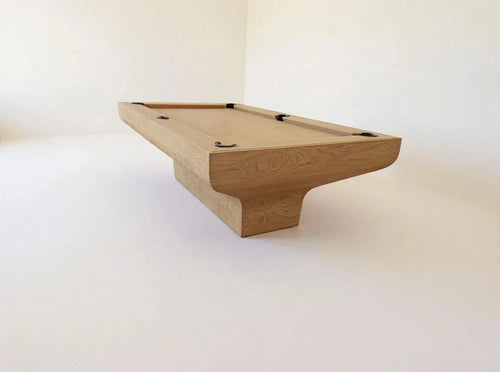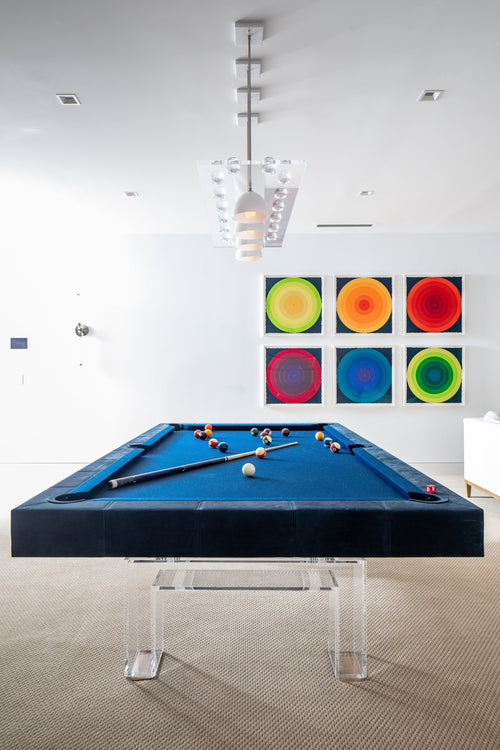Enjoy our modern designs
Estimated Read Time: 5 mins |
Table, Balls, and Equipment
All carom games use a pocketless table and three leather balls: two whites (one spot-marked, one plain) and one red. Each player claims one white cue ball, swapping roles only between innings. The balls must meet BCA specs—diameter around 2⅜″ and weight near 5½ oz.—to ensure consistent rebound behavior.
Deciding the Break
The match begins with a lag (or, at casual venues, by lot). Both contenders simultaneously shoot cue balls from behind the head string toward the foot rail, watching which cue ball rebounds closer to the head rail. The lag winner chooses to break or defer. For the opening break, the red rests on the foot spot, the non-breaker’s cue ball on the head spot, and the breaker’s cue ball on the head string within six inches of that spot. The break must contact the designated ball first—usually the red—setting the tone for each player’s inning.
Stance, Stroke, and Scoring Shots
Players must keep at least one foot on the floor and strike only when all balls are still. A complete stroke finishes when every ball halts. Scoring (“counts”) occur when the cue ball caroms legally—definitions of legal caroms vary by game:
- Straight Rail: requires only cue-ball hits on both object balls.
- Bank Billiards: adds a rail contact requirement.
- Three-Cushion: demands three cushion impacts before the second object ball.
Each count typically earns one point; Four-Ball awards two for special three-ball caroms. After pockets are absent, balls remain in place, preserving table layout between counts.
Fouls & Their Consequences
General fouls end the striker’s inning without score for that stroke—no points are awarded. Common fouls include double hits, push shots, shooting while balls move, jumping a ball off the table, and touching the cue ball during warm-up. In most caroms, fouls carry no further point deductions—but specific games may impose penalties (for instance, losing a point in Straight Rail or Cushion Caroms). After any foul, the incoming player shoots from where the balls lie, except when the cue ball scratched or jumped: then it’s placed on the head string for the next break shot.
Special Situations
Frozen Balls: If the cue ball rests “frozen” against an object ball or cushion, shooters may play away or ask for a re-spot under certain games, but must always strike the correct first ball.
Spontaneous Motion: Should a ball shift on its own, it stays where it settled.
Successive Fouls: While some pocket games penalize repeated fouls harshly, carom general rules simply end the inning—game-specific rules dictate any additional consequences.
Layering Specific Game Rules
Once these general tenets are in place, each carom variant adds its own flavor:
- Straight Rail: restricts balk nursing in balkline.
- Cushion Caroms: sets a minimum rail contact.
- Four-Ball: tweaks ball counts and scoring.
- Red Ball: prioritizes the red for first contact.
- Three-Cushion: enforces the iconic three-rail requirement.
By building on a unified rule set, the BCA ensures that every carom game shares a common language of play, while still allowing each discipline to challenge players in its own unique way.



